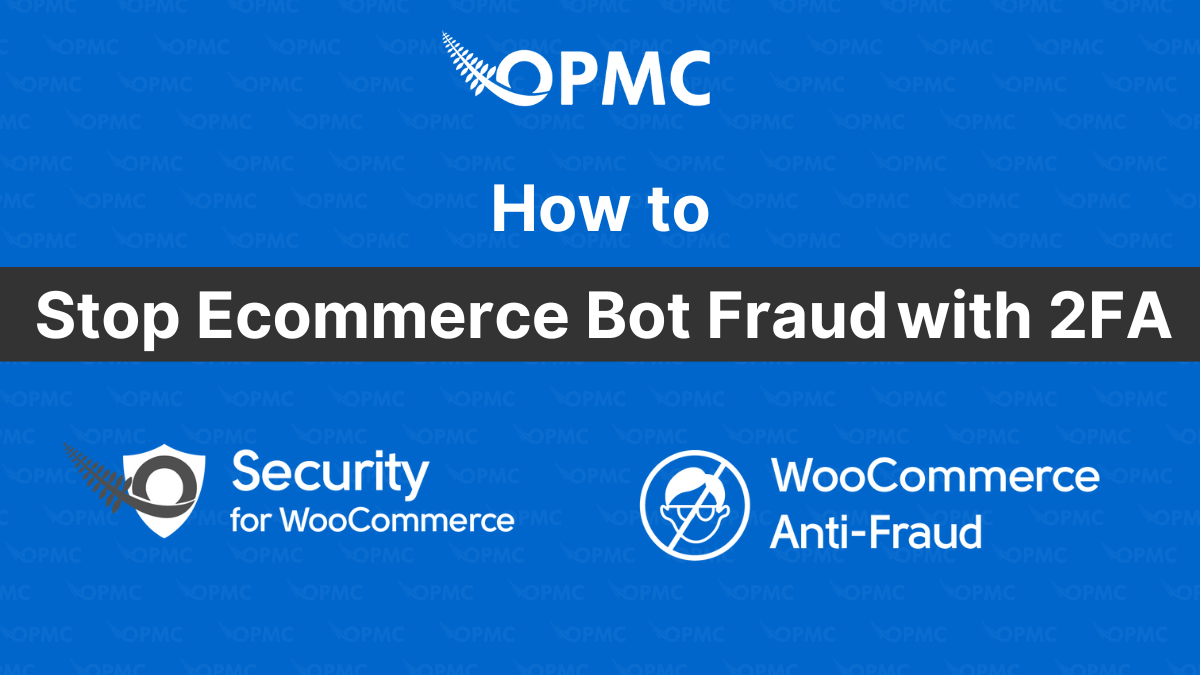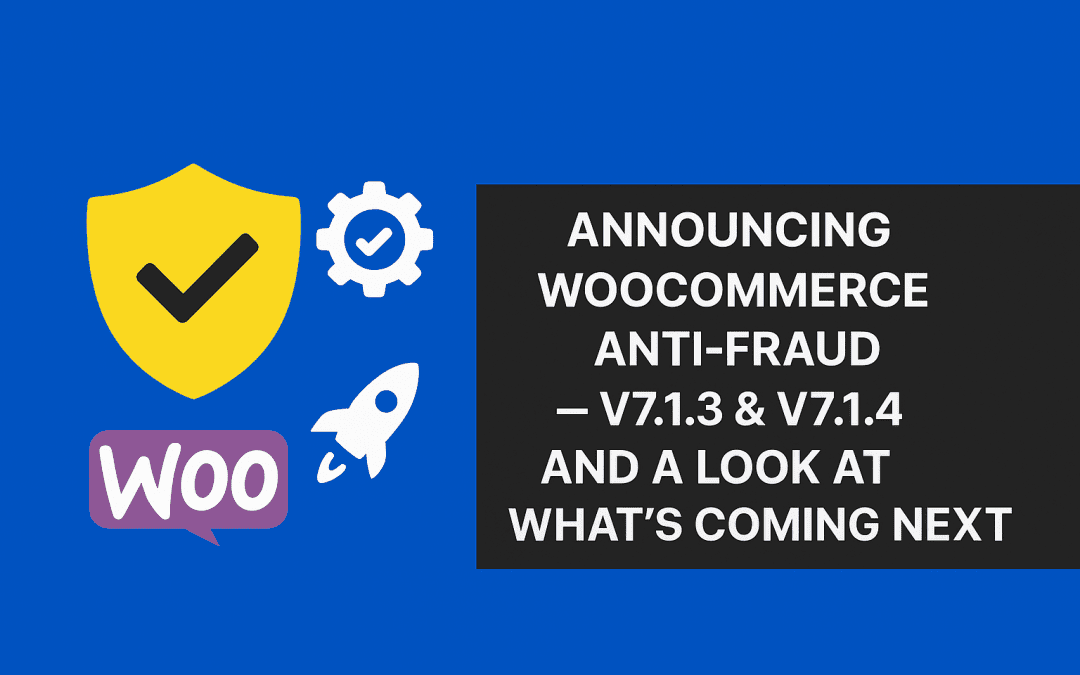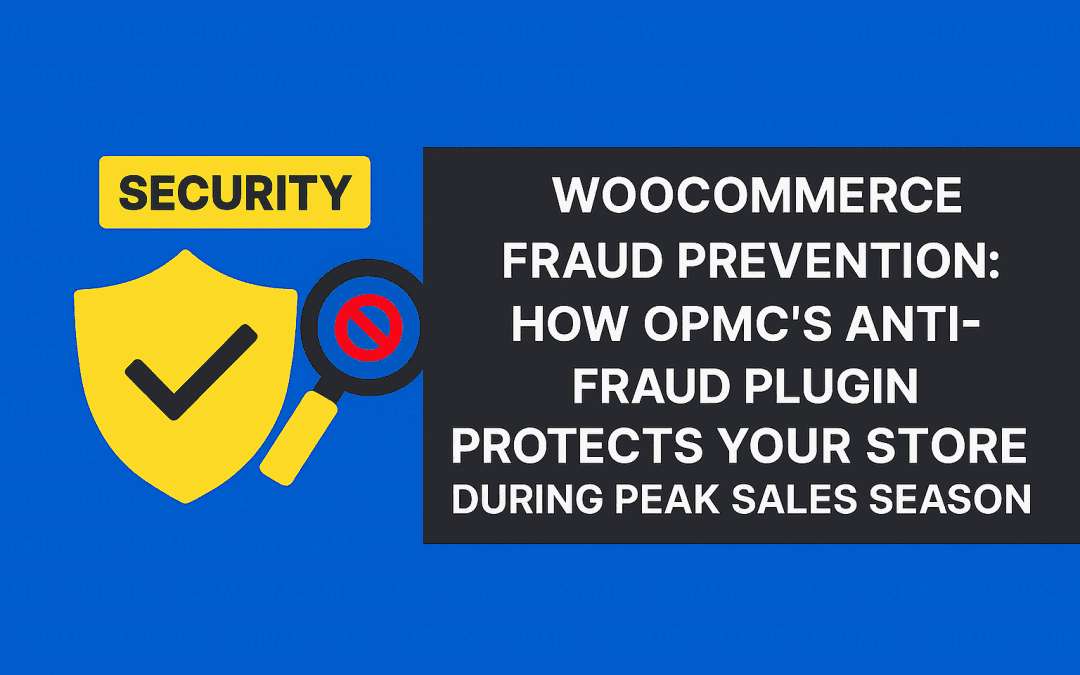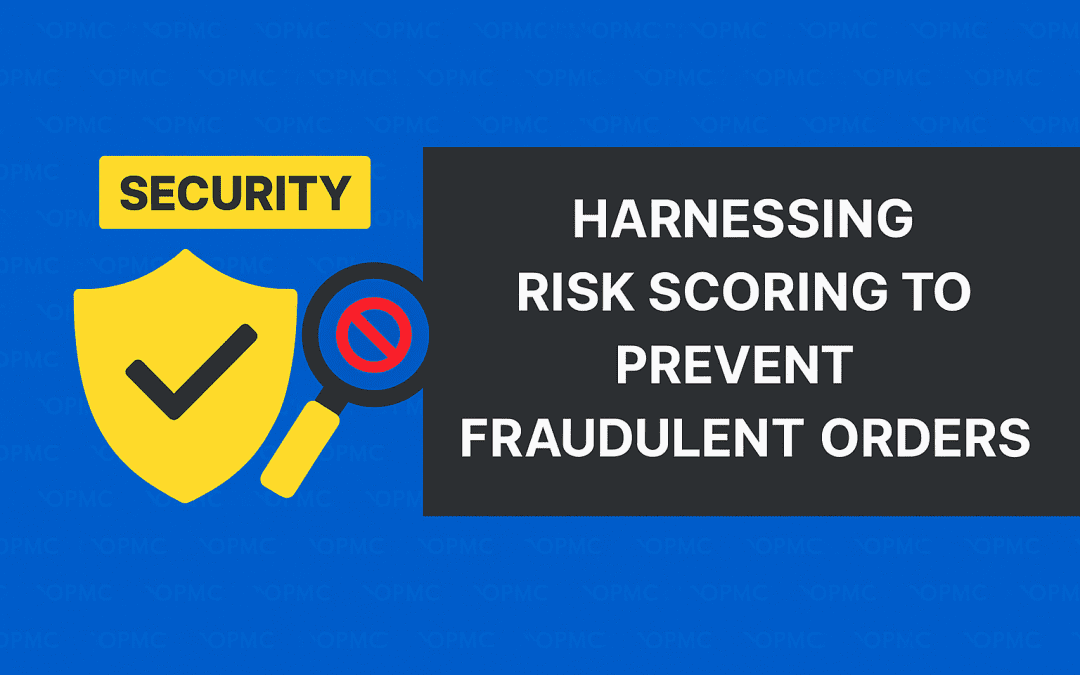In today’s digital age, ecommerce has become a staple for both consumers and businesses alike. However, with the convenience of online shopping comes the unfortunate reality of fraud and scams. One tactic that fraudsters commonly use is bots to automate the creation of fake accounts and purchases. Microsoft’s cloud services alone experience more than 300 million bot attacks daily set up by fraudsters and those looking to get money from your ecommerce site. In this article, we will explore the importance of implementing two-factor authentication (2FA) to prevent ecommerce bot fraud and safeguard your business. From understanding the mechanics of bot fraud to the benefits of 2FA, we’ll show you how to protect your online store and keep your customers’ information secure.
What is Ecommerce Bot Fraud?
There are several reasons why bot fraud is such a problem for ecommerce businesses today. For one thing, bots can generate thousands of fraudulent orders per minute without any repercussions, making them more efficient than human shoppers at completing purchases.
Additionally, the cost associated with bot fraud attacks can be significant, depending on how much money has been stolen during these attacks (and whether you catch it). Your company could quickly go out of business if things aren’t appropriately handled immediately.
How 2FA Improves Your Ecommerce Security
-
- It adds an extra layer of protection to login attempts.This means that if someone were to get a hold of a customer’s password and try to log in, they couldn’t access the account without also having the 2FA code. This makes it harder for attackers—whether they’re malicious or just trying their luck—to get into your online store.
- It can help prevent account takeover attacksby requiring additional verification when accessing essential data such as billing information, credit card numbers, and more sensitive financial details.
- It can help prevent phishing attacksby requiring additional verification before redirecting users to unknown websites or changing their settings on other accounts (like email).
- And finally, it can also protect against brute force attacksby adding an extra layer of security when logging into certain pages within the ecommerce platform (such as billing).
2FA vs. Two-Step Verification
-
- Two-Step Verification is simply using additional information like a one-time password or unique code to gain access generated by your online store.
- 2FA uses a more secure additional method based on a separate device or contact point that has been verified in advance.
Types of 2FA Options
1 – Text Messages
Text messages may be vulnerable to man-in-the-middle attacks, where a third party intercepts your communication and injects malware into it. This type of attack can happen when you’re using public WiFi hotspots or accessing online banking from unsecured networks (e.g., free hotel WiFi).
2 – Authentication Apps
The only catch is that they are more challenging to scale than SMS 2FA. They are typically used by smaller businesses as an additional security measure rather than as the first line of defence against fraud.
3 – Security Tokens
-
- Hardware Tokens– These are physical devices you typically keep on your keychain or wear around your neck (like a lanyard). You can also choose from various hardware tokens, such as USB dongles and mobile apps that generate one-time passwords every time they’re activated by entering an access code into their app interface.
- Soft Tokens – These are software applications installed on mobile devices such as smartphones or tablets so users can generate new passwords whenever needed without having them stored anywhere.
4 – Physical Keys
Physical key-based 2FA is not scalable in terms of cost or implementation time because it requires hardware purchases like USB drives and smart cards (which require programming).
5 – Biometrics
Using a Multi-Layered Approach to Ecommerce Fraud Defence
That is why our expert development team at OPMC has created robust Security for WooCommerce plugin that amplifies any other systems you may have in place. This way, you can block suspected purchases by blacklisting IPs or geographic areas based on a numerical score due to automated risk factors. In other words, you can rest easy knowing your online store is better protected!
Conclusion
When developing a powerful security strategy for your ecommerce store, don’t forget to check out our Security for WooCommerce plugin and other automated offerings at OPMC that will save you time, money, and the headache of bot fraud and other chargebacks.




